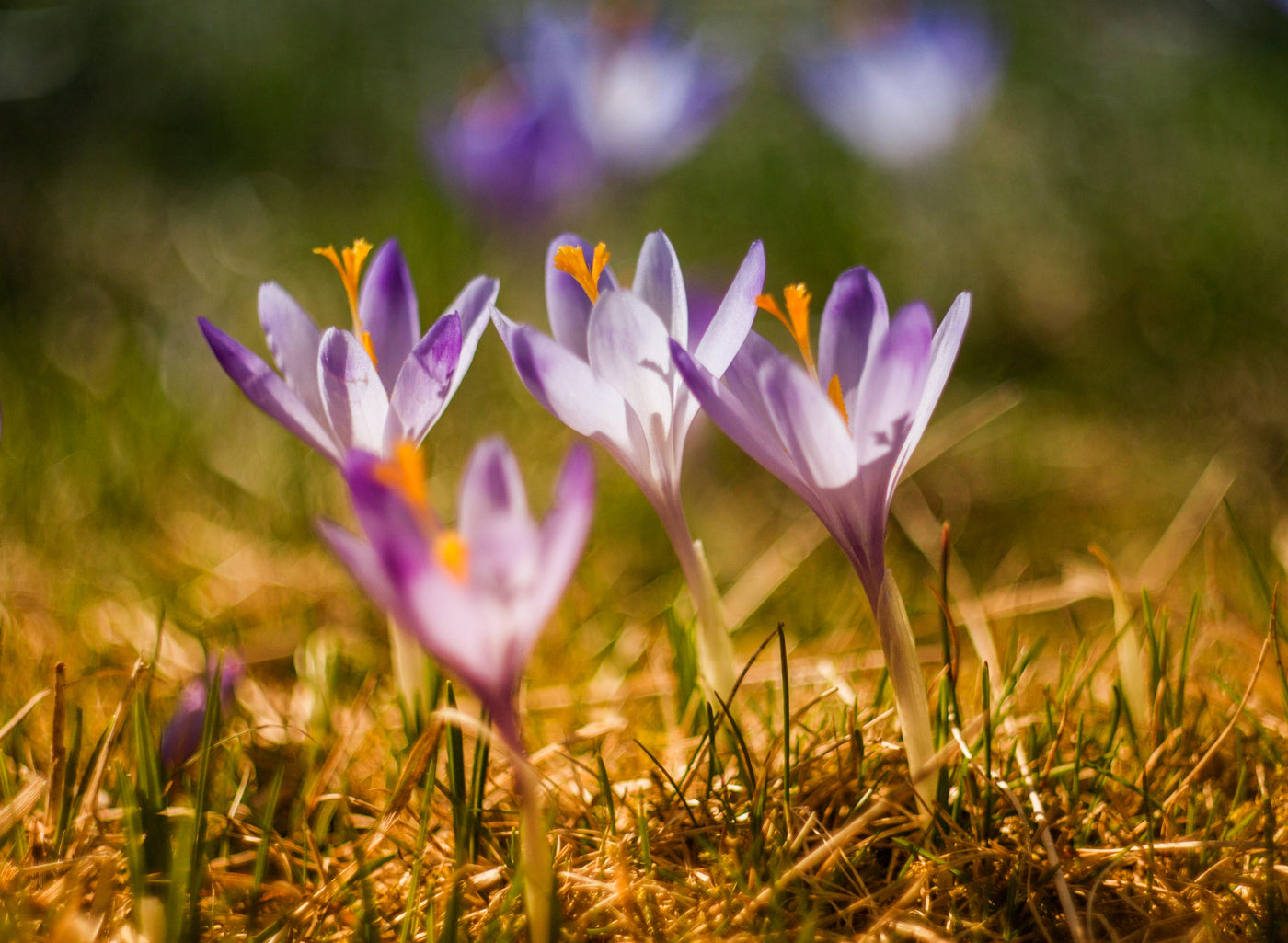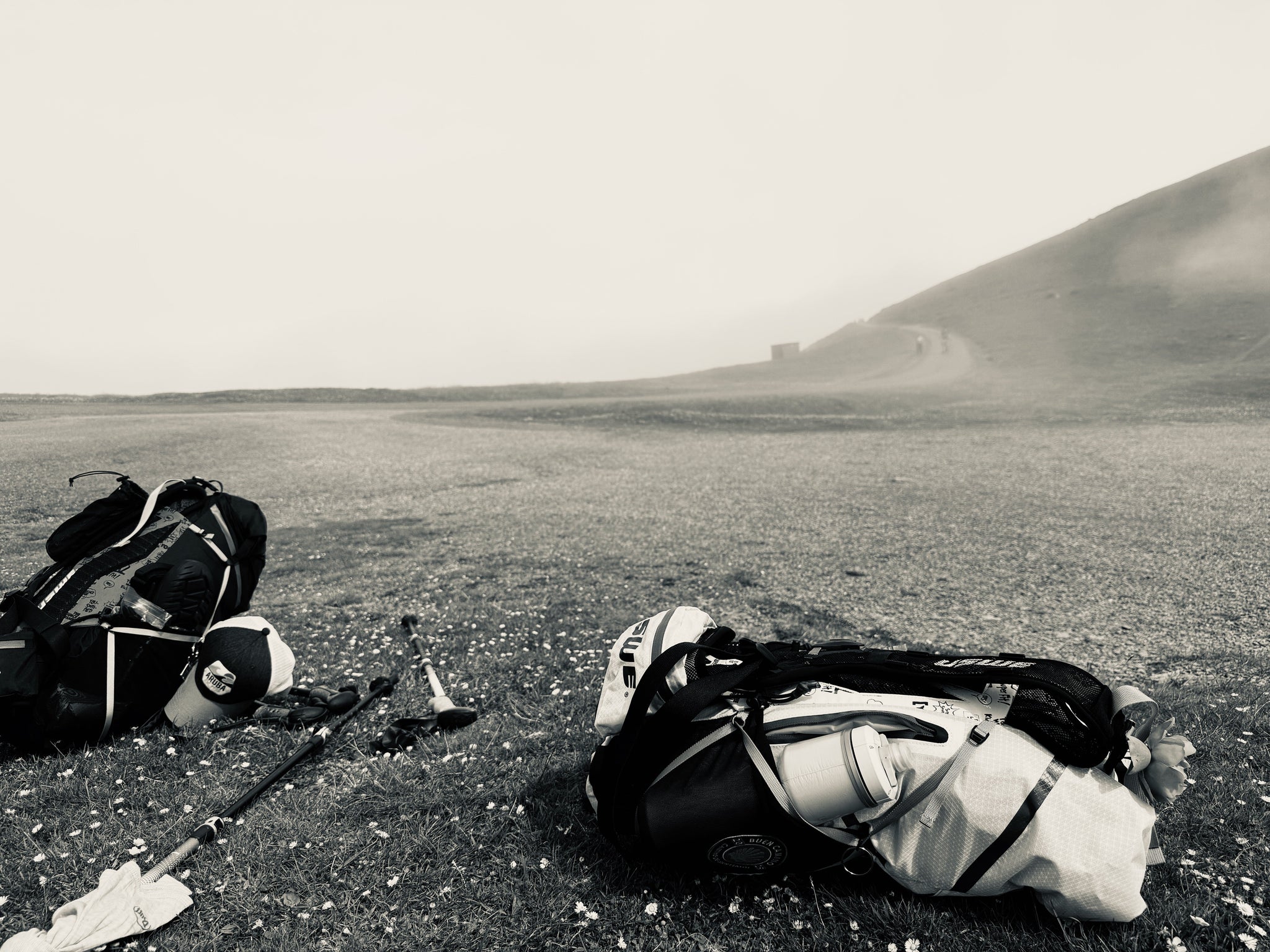"It's not what you look at that matters, it's what you see." — Henry David Thoreau

From three stories up in my somewhat-finished, attic-studio, the peaks of the tallest pines tower still several stories above me.
I’ve observed these skyscraping timbers more times than I can count seated in this cornflower blue, damask chair that once lived in Jonah’s room when his voice still lilted—a few octaves higher—and we planned to meet in our dreams on a pebble-strewn beach—he with a red balloon, me with my purple, sparkly shoes.
We were like characters in a Carolyn Curtis book in our envisioned dreamscapes—taking the moon out for a walk and hoping to be together even when we slept.
Pregnant with Adrian—my skin ached when it stretched taut in the last few weeks before his birth.
Jonah and I would crowd onto the chair to read—the two of us barely able to fit and my having to find room for breath—lungs all squished up by the baby inside and the little boy with the pointy elbows practically in my lap.
I would imagine what it was like for Adrian to know Jonah’s voice from the other side of the womb and when they did finally meet, Jonah climbed right over me in the hospital bed to Adrian so that he could be near him and say to him, elbow, as he rubbed his small fingers along Adrian’s silky skin still emanating aromas from another world.
Wearing his new big brother t-shirt, Jonah looked at me curiously—his blond hair lit up by the sun streaming in through the window—and then pointed up at the wall, “clock!” he’d said.
I was worried that he hadn’t eaten and he looked so big I could have sobbed but I kept a cheerful demeanor so as not to upset him.
“You made it …. You made it …” I cried to Adrian, again and again when he was handed to me—marveling at his crimson lips and pink skin—still wearing a soft, comforting shirt from my labor, woven with pastel ribbons near the collar and a hoodie of all things.
Taped to the side of my bed—as inspiration—was a photograph of Jonah just after he was born with his hands up by his mouth, skin bare, eyes wide and alert.
Remnants of tape from hanging it there line the edge of the tattered photo still today.
When I thought we might move, I panicked wondering whether I had come to know all of the trees within my midst and feared that I might leave having passed up the opportunity to know them all intimately.
I looked up at the plentiful oak out-front and off to the side—easily overlooked—and admired its quiet magnificence and outstretching branches.
Adrian once spotted a large creature in that tree.
He was still so little then— it’s hard to understand his attention being drawn upward to a spot higher than the roofline of our home, but it was.
It was almost as if his mind was tapped into another frequency of connectivity calling out to him and letting him know of its presence unbeknownst to me—like how a dog can hear the high pitch of a whistle undetectable by man.
We spent afternoons together then in our driveway—drawing with chalk and setting up a makeshift tennis court with a jump-rope tied between two, plaid lawn-chairs.
He has always had an awareness about him that goes beyond his years.
He once went through a phase in which he gave out tickets to people who called him cute.
According to him, it was ok if you called him sweet or kind or even precious.
I once asked him how much I would have to pay for all of the tickets I had accumulated and he said authoritatively (and oh-so-cutely) rocking his head from side to side to the rhythm of his words, “as many as the tickets you get.”
As a seven-year-old—knowing this story about himself well—he recently came up with the idea of reinstituting this issuing-of-tickets as a way of raising funds.
I would never have noticed the black and prickly beast nestled at the intersection of the two high-up branches—but Adrian did.
It took us digging out the binoculars and observing closely to figure out there was an oversized porcupine hovering high above us in that tree—not an ape or other out-of-place animal like it seemed.
From an upstairs window, the silhouette of a voluptuous woman is formed in the trunk of another oak tree—the curve of her breast evident, arms opening wide and at just the right height to form the soft sway of her underarm and perhaps the start of her hips.
She’s angled in such a way that she seems to look out at the water in a posture of open-hearted surrender.
Here I am.
I frequently gaze out at her and imagine that I might embody that same sense of renunciation of all things that separate us from what is real.
I invite instead a rootedness in the timeless—an observation of the world through the lens of something more lasting and bigger than me.
I wonder how I could have missed this figure just outside my window for all these years.
It’s a world of its own up in the canopy of these less-than-a-dozen pines gathered together like a tribe on view from my 3rdfloor studio.
I can only really guess what transpires in that lofty layer while noticing it from afar—the crows swooping about establishing their territory and vying for food, the air brimming with the fragrance of pine needles.
Movement is subtle at this height where the trunks become more and more slender as they rise upward to the top—revealing only the slightest, circular sway of the cone like branches even when the winds are high.
It is rare this late in the season for buds yet to have revealed themselves on tree branches—most deciduous trees still skeletal and spindly looking here in Maine.
All other signs—the dandelions, crocus and the mud—point to the breath-of-spring palpable and near—poised and ready for revealing herself more fully at any moment.
Subscribe to my mailing list!
Leave a comment (all fields required)
Comments will be approved before showing up.


